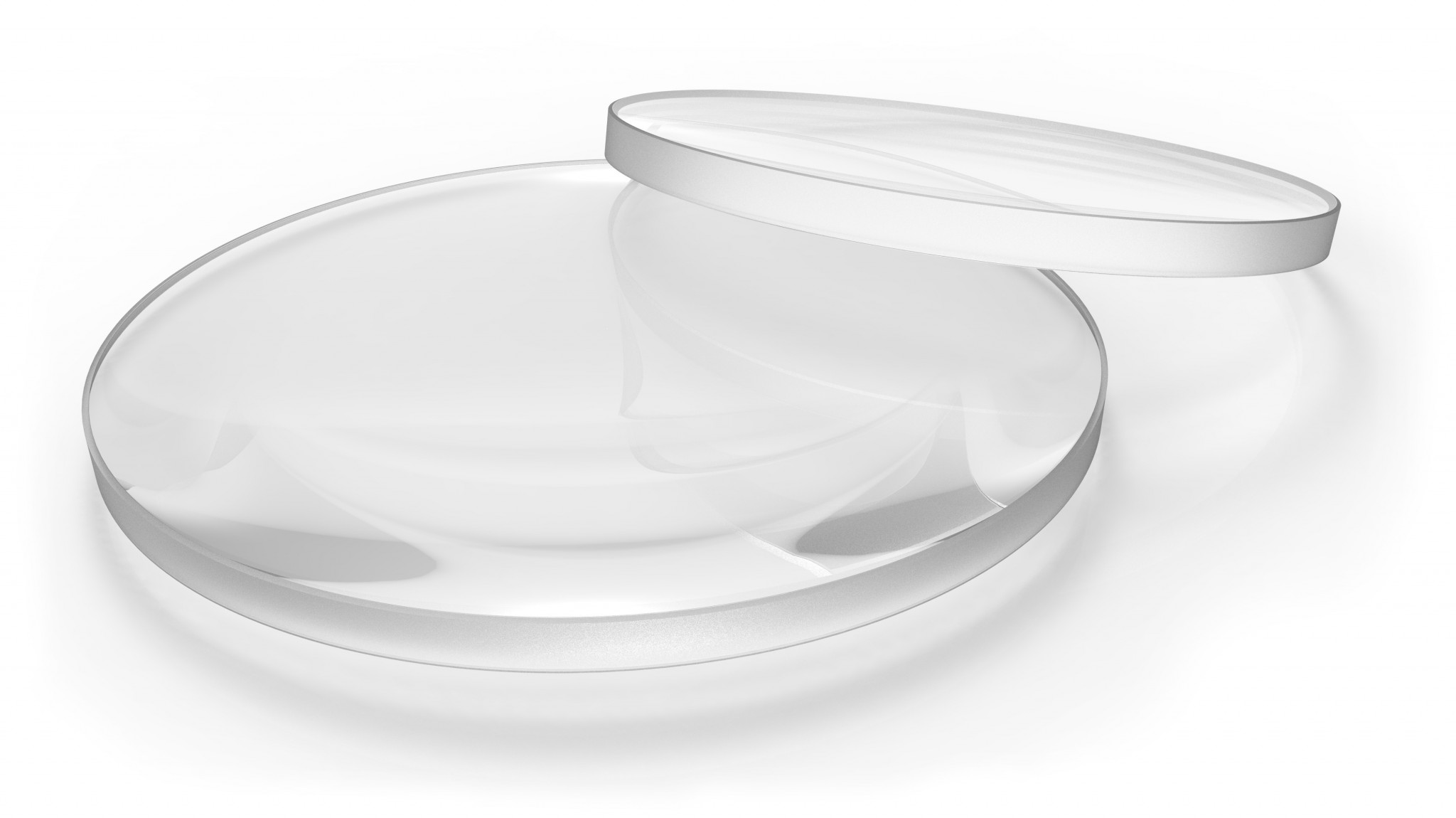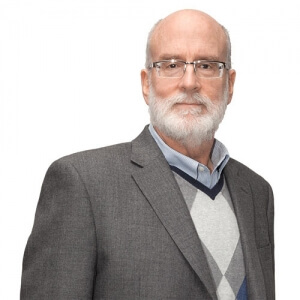.png)
Author: Robert Shanbaum
24 September 2020
Effective Communication: The Key to Success in Myopia Management - Part 1
I have seen a fair amount of discussion around “freeform” lenses on social media. A lot of it has struck me as being erroneous, so I figured it would be worthwhile to talk about it here. For most providers of optical goods, the term “freeform” is used to refer to progressive addition lenses that are produced by cutting complex curves, including the progression, on the convex sides of semi-finished single vision lens blanks.
Many opticians and other practitioners have never seen the inside of a surfacing lab, so first, let’s look at how lenses have been surfaced traditionally. I’m going to give you a high-level view here, including only the major steps (so, to my fellow lab rats out there, I know I’m leaving out a few details, but I don’t think that they’re relevant to this topic).
"For most providers of optical goods, the term 'freeform' is used to refer to progressive addition lenses that are produce by cutting complex curves."
Orders arrive at labs by several means, but in almost every case these days, the orders are usually arriving at an integrated computer system (like our Innovations), which have come to be known as “Lab Management Systems” or “LMS” for short. In addition to pricing and invoicing the order, the LMS usually figures out what blanks to use, and, if the lenses have to be surfaced, how to grind the “semi-finished” blanks to produce the thinnest possible lenses given the requirements of the order and whatever legal or conventional standards apply with regard to thickness and impact resistance.
“Semi-finished” lens blanks have a finished front surface, which may be spherical (although in the distant past it was not unusual for semi-finished blanks to have toric front surfaces, which were used to produce single vision lenses in “plus-cylinder” form); they may have segments located on the front surfaces (in the case of flat-top and round seg multifocals); or they may have complex progressive-addition topologies.
In traditional surfacing, surfacing consists of four main steps: blocking, generating, fining (also called “smoothing”), and polishing. Blocking consists of attaching an object to the finished front surface of the lens using one of the various media (often a low-temperature melting point alloy, though more recently, multiple resins and glues have come to be used) that adhere to the block on one side and the lens on the other; the block provides a means of holding the lens in the machines.
A traditional generator cuts a spherical or toric surface on the backside of the blank. Over the years, generators migrated from using cup-style grinding tools to milling and cutting tools, which could cut more accurate toric surfaces. Still, in all cases, the surfaces produced are fairly rough – which makes the next step, called “fining” (“smoothing” in the UK), necessary.

Fining consists of rubbing the generated surface on a “lap” (a/k/a a “tool”) – a lump of (usually) metal affording a hard surface that has been machined very precisely to the curves desired. These days, with ophthalmic lenses being almost invariably plastic, abrasive pads that adhere to the surface of the lap are sufficient to smooth the surfaces to a point at which they can be polished. A stream of water directed at the lens-lap interface removes the fine particles produced by the action of the abrasive.
Once the surface is sufficiently smooth, it can be polished using a process virtually identical to fining (in fact, the machines are identical), except in place of the abrasive pad, a soft, porous pad is used. In place of water, a polishing compound consisting of very fine particles suspended in water is used.
The pad gets saturated with the polishing compound, and that provides the action required to produce a brilliant, specular surface.
The development of abrasive fining pads in the early 1970s was revolutionary and contributed significantly to that material [plastic] overtaking glass during that decade. Originally, a two-step fining process was necessary; the first step used an aggressive abrasive (usually silicon carbide) to not only smooth the surface but also to correct any inaccuracy in the surface (inaccuracies were common because of the use of cup-style grinding tools in the generators of the day). While some cup-style generators could produce fairly smooth surfaces (but only by running very slowly), they couldn’t produce very accurate toric surfaces. In the second fining step, a finer, softer abrasive (usually aluminium oxide) was used.
"The development of abrasive fining pads in the early 1970s was revolutionary and contributed significantly to that material (plastic) overtaking glass during that decade."
In the late 1980’s, the first milling and lathing generators appeared. These could produce surfaces having great form accuracy (meaning, these machines could make accurate toric surfaces, unlike old-style generators). Initially, the surfaces they produced had higher surface roughness. The lathes gradually improved with regard to surface roughness. As they evolved, it became possible to eliminate the initial “rough” fining step, and still produce a polishable surface. Ultimately, the generators improved to the point that fining could be dispensed with altogether; the generated surfaces were smooth enough to polish.
Initially, this “cut-to-polish” capability continued to employ laps for the polishing step. The surfacing end of the lab business recognized that cut-to-polish technology could enable the production of more complex surfaces than just spheres and tores, and that is when freeform began to be seen as an achievable goal.
Ocuco offers innovative eyecare software, designed for independents, chains, and labs. Whether you need optical retail shop software for your independent optical retail shop, optical chain software to manage a chain business or optical lab management software for your lab, we have the ideal solution for your optical needs.
Are you looking for optical practice management software? Acuitas offers product management, electronic health record systems, appointments and multiple configurations to meet the specific needs of your optical business. Contact us today for free expert advice.

Robert Shanbaum, Optical Lab Expert
Robert began his career in the optical industry at age 15, picking lenses in his father’s wholesale laboratory in Texas. In the 1970’s he founded Peepers, a chain of optical boutiques in Dallas. Later, Robert formed Visiontech, selling machinery and software to optical labs. His popular RxCalc program was acquired by Gerber Optical and Robert moved to Connecticut to help design and develop the Innovations Lab Software. Following the acquisition of the Innovations software business by Ocuco Ltd. in 2007, Robert Shanbaum became President of the Ocuco Inc., Ocuco Ltd.’s newly formed American subsidiary.